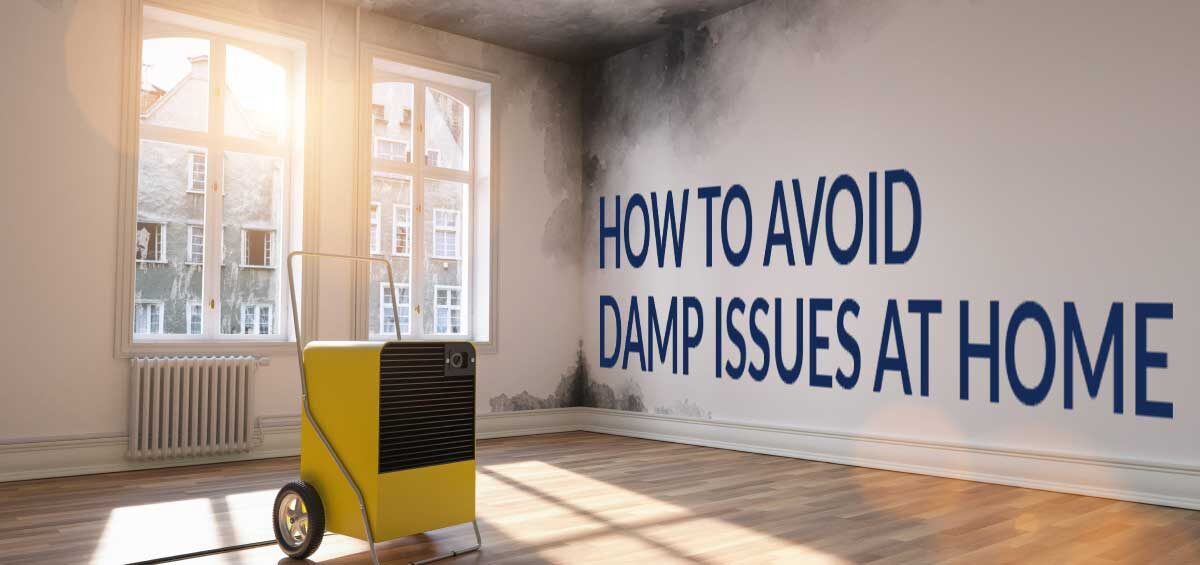Rising damp in buildings may be defined as the upwards flow of moisture through a permeable wall structure, the moisture is derived from groundwater. The moisture rises through the pores (capillaries) in the masonry by a process loosely termed ‘capillarity’, which causes the masonry to act as a wick. It can also be said as an issue that has troubled builders and homeowners since Roman times. Rising damp is the term used for the slow movement of water from the lower parts of walls to higher parts of the structure. It is a common problem affecting older homes as well as newer buildings that may not have been correctly constructed. Rising damp occurs when groundwater rises up through tiny cracks in the brickwork or masonry of a structure through a process called capillary action. When moisture infiltrates the walls of a building it can cause damage to its integrity and physical appearance. Bricks and mortar are naturally porous in nature which provides water with the perfect platform to maneuver itself upwards through the narrow air pockets. Liquid possesses the dangerous capability to defy gravity and travel upwards. As a result, bricks and mortar absorb this moisture from the ground and this is what causes rising damp. Your wall is essentially soaking the groundwater upwards.

Causes
Rising damp actually describes the movement of moisture upward through permeable building materials by capillary action. It becomes a problem if the moisture penetrates vulnerable materials or finishes, particularly in the occupied parts of a building. This moisture will dissolve soluble salts from the building materials such as calcium sulphate, and may also carry soluble salts from its source. If the moisture evaporates through a permeable surface, these salts will be left behind and form deposits on or within the evaporative surface. Where there is a large evaporative surface, salt crystals are deposited as a harmless flour-like dusting on the surface. If evaporation is restricted to localized areas such as defects in an impermeable paint finish, then salt deposition is concentrated, forming thick crystalline deposits with the appearance of small flowers; hence the term ‘efflorescence’. When evaporation occurs within the material, salts can be deposited within the pores. The expanding salt crystals in these locations may result in fractures forming in the material and spalling of the surface. This type of decay may be seen in porous brickwork or masonry.
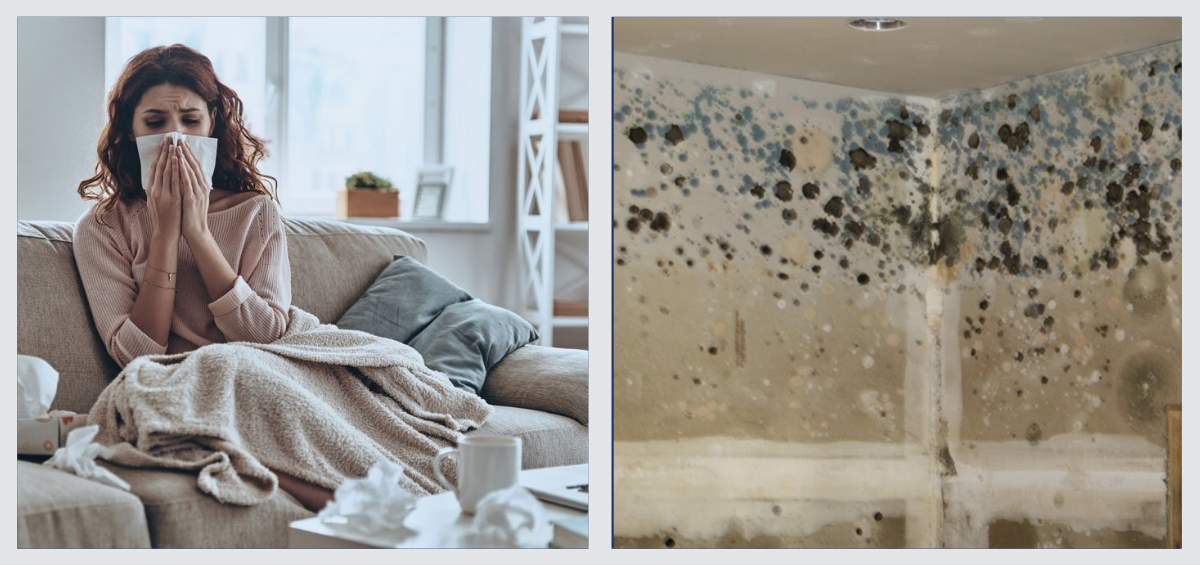
What does it do to the building?
Rising damp can cause a number of aesthetic, structural, and even health-related problems.
Aesthetically, rising damp can peel, crack, and bubble paint and plasterwork, create a water-tide marks that show where the water has risen to along walls, as well as efflorescence (a white salt deposit which also looks unsightly on walls, floors, or ceilings).
Structurally, damp can get into timber structures and skirting boards causing them to rot. Also when the water rises it can deposit salt in building structures which causes corrosion and deterioration of integrity through a phenomenon known as a salt attack.
Damp conditions also encourage the growth of mould, which can be a significant health hazard. The damp itself can be a factor in health conditions such as asthma, allergies, cold, and flu.
Rising damp can significantly affect the integrity and value of a property and superficial treatments such as repainting, coating, or cleaning the surface won’t make it go away.
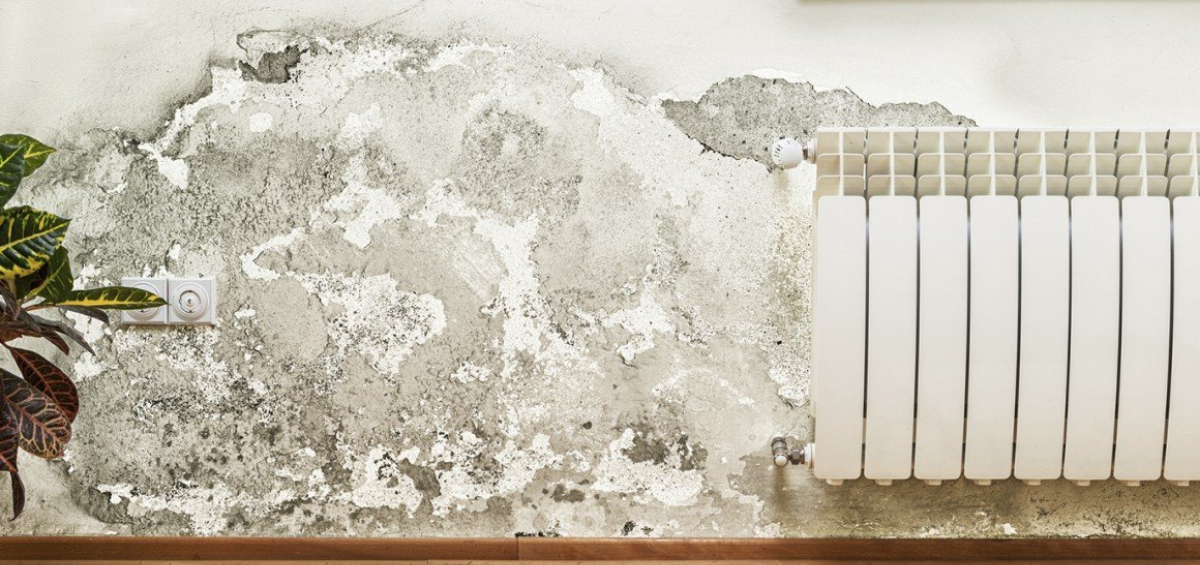
What Happens If Rising Damp Is Left Untreated
The walls of your property can become seriously impacted if damp conditions are not swiftly rectified. Excessive damp can affect the internal wall fabric and unprotected timber of a property, which in the majority of older properties can form as much as seventy-five percent of the structure which means keeping your timber dry is important to protect a crucial element of the integrity of your building.
Damp timbers can potentially result in dry or wet rot growth. These conditions break down the cells within the wood and cause the timber to feel soft and spongy. Often the wood will lose its strength while becoming darker and can easily crumble and potentially disintegrate due to the fungal attack.
However, dry rot is potentially the worst fungal attack that can affect your damp timber and have a serious impact on your property. Dry rot is a fungus that can spread across timber and masonry. It can potentially attack any part of your house and can even grow through the wall to your neighbor’s property. This fungus can grow extremely quickly and urgent treatment is required when a dry rot attack has been identified.
Furthermore, failure to rectify high moisture levels and dampness in your property can attract wood destroying insect attacks called woodworm into your property. Woodworm is the most common name for the larvae stage of wood-boring beetles. These insects will eat the timbers of your property which can potentially cause a progressive weakening of the structural stability of your property. Specialists can specify the appropriate remedial action to remove the infestation from your property.
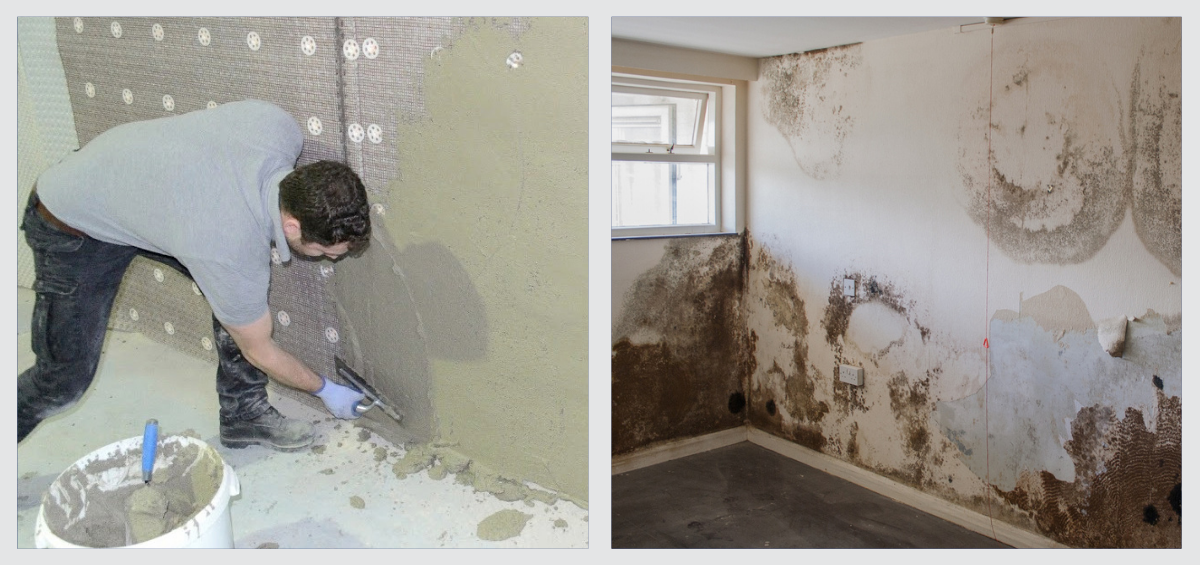
How to Spot Rising Damp
When looking for signs of rising damp, keep an eye out for:
• A yellow or brown tide line from the damp
• Yellow, brown, or blown plaster directly above skirting boards
• Rotten, split, or soft-to-the-touch skirting boards and floorboards adjacent to walls
• ‘Salted’ white and fluffy deposits in and on the plaster
• Typical mould, fungi, and mildew discoloration
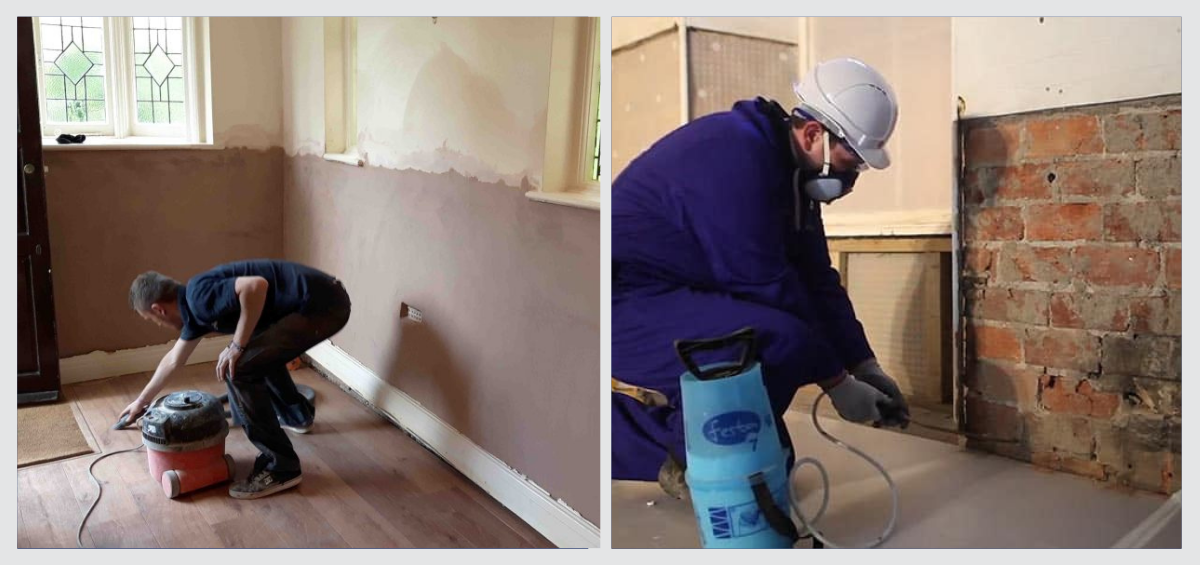
Rising damp treatment
The most popular method to treat rising damp is installing a remedial damp proof course (DPC) via the damp-proof injection method. Remedial damp-proof courses are injected into specifically drilled holes in the affected wall. Once injected the DPC is absorbed by the bricks and creates a water-repellent barrier as it dries.
Before any remedial damp-proof course is installed, the most important part of the rising damp treatment process must take place – diagnosis. Before assuming there has been a failure with the original DPC, the experts at Healthy Homes will carry out a full rising damp survey. Our specialist surveyors will be able to identify rising damp or any other conditions that may be causing a problem such as penetrating damp or condensation where a new DPC would be ineffectual and unnecessary.
The damp proof membrane can also be used in rising damp treatment where applicable. This is a material that prevents moisture transmission and is also an excellent key for plasterwork.
It may be the case that even after treatment, walls require some time to dry before you can replaster them. Our surveyors will also be able to give help and advice on replastering walls after remedial treatment is completed.
CONCLUSION
Even with the loss of traditional skills and the complexities introduced into building by new materials and new styles of occupancy, the conditions resulting in damp to the base of walls can easily be avoided with a little thought and scientific understanding. Indeed, new materials and techniques can often be used to advantage if their properties are analysed as potential environmental controls. In contrast, the misdiagnosis of rising damp and the general application of particular products and techniques without considering the consequences lead to the unnecessary waste of the increasingly limited budgets available for maintenance and refurbishment. A more rational approach to the diagnosis and treatment of damp problems in buildings is only good building practice, which independent surveyors and their scientific consultants should promote in the interest of sound building and public health.

